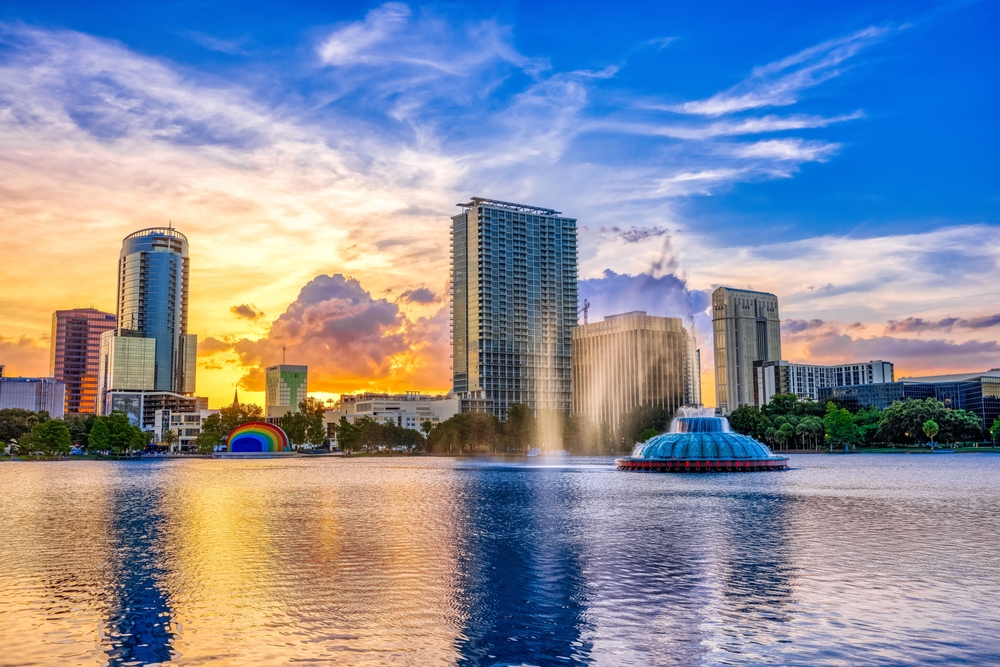Cities across the United States have long relied on financial incentives such as tax breaks to attract businesses and stimulate economic growth. These strategies assume that when governments create a favorable business environment, companies will follow, bringing jobs and prosperity with them. But recent findings challenge this traditional approach, revealing that the key to drawing business investment may lie not in fiscal policy—but in how safe people feel in a city.
Rethinking What Attracts Talent—and Business
New research surveying hundreds of employees and entrepreneurs across the U.S. reveals a surprising insight: business investment often follows people, not the other way around. And what truly motivates individuals to settle in a city isn’t necessarily low taxes or business-friendly laws—it’s the perception of safety.
When people decide where to live and work, subjective feelings about crime, government reliability, and social stability play a major role. This shift in priorities suggests that cities hoping to compete in today’s economy must pay closer attention to how residents and workers perceive their environment, not just how attractive it looks on paper to investors.
Interestingly, the research shows that these perceptions of risk are shaped less by crime statistics or hard data and more by social narratives, media coverage, and even stereotypes tied to geography. In one notable example, a city widely reported to have rising crime rates was ranked by participants as the safest in the nation—demonstrating a significant gap between perception and reality.
Politics at the Core of Risk Perception
What’s driving these skewed perceptions? According to the study, political leanings play a decisive role. Participants were asked to rate various U.S. cities based on risks tied to crime, governance, and social issues. The results showed a clear divide: conservatives tended to rank cities like Portland and New York as risky, while liberals expressed concern over cities like Miami and Houston.
This divide extended beyond just crime. Conservatives showed higher concern for government instability and crime-related issues, while liberals were more focused on social risks, such as threats to individual rights. As a result, the perception of which cities are “safe” or “risky” varied widely depending on political perspective—not necessarily on measurable conditions on the ground.
In some cities, the political alignment of local leadership influenced whether respondents viewed them positively or negatively. One city might be praised by conservatives for its governance while being flagged as problematic by liberal-leaning individuals, and vice versa.
The findings also highlight how these biases can impact economic decisions. If employees avoid cities they perceive as unsafe—regardless of actual data—businesses may find it harder to attract talent in those locations. And without talent, investment may stall or shift elsewhere.
What Cities and Businesses Should Consider
These insights present a clear challenge—and opportunity—for city leaders and business strategists alike. If perceptions of safety carry more weight than tax incentives or policy promises, then urban planning and economic development must evolve accordingly.
Rather than relying solely on financial packages, cities should actively address concerns about crime, governance, and social harmony. This goes beyond implementing security measures or improving infrastructure—it also means managing the narrative and correcting misinformation that may be damaging a city’s reputation.
Equally important is recognizing the role of political polarization. Cities that are seen as highly divided may struggle to maintain a stable public image, which could deter both residents and companies. Businesses looking to expand or relocate might benefit from choosing less polarized cities, where perceptions of safety and stability are more balanced across the population.
In today’s economic climate, investing in public trust and civic perception may be just as critical as offering tax credits. By understanding what truly matters to the workforce—security, trust in governance, and social inclusion—cities can craft strategies that foster sustainable growth, attract skilled professionals, and ultimately create environments where business can thrive.



